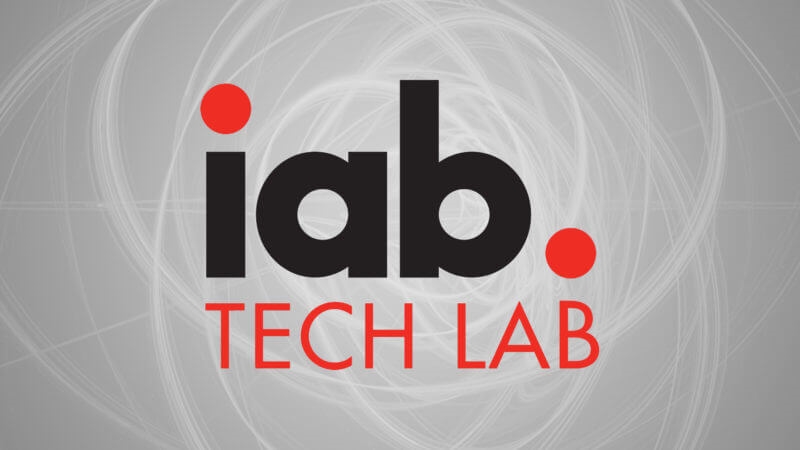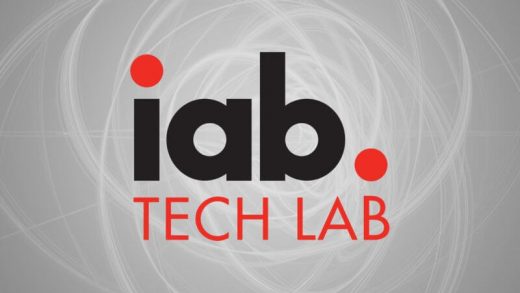IAB Tech Lab’s new draft OpenRTB 3.0 is designed for the future of advertising
A more flexible object model, a more secure supply chain and an additional way to verify inventory are designed for new kinds of programmatic buying and selling.

This week, the Interactive Advertising Bureau (IAB) Technology Lab released for comments a new draft of its OpenRTB framework that is designed to potentially handle entirely new forms of online buying and selling.
The Lab describes version 3.0 as “a major [over]haul of the real-time bidding framework,” noting that it improves security in the ad supply chain and provides more transparency for the bidding process.
Rakuten Marketing CTO Neal Richter, who serves as co-chair of the Tech Lab’s OpenRTB Working Group, told me that the protocol is evolving to handle new kinds of programmatic buying and selling, such as header bidding, content sales, product recommendations, connected TV, or perhaps even products.
The question that 3.0 is intended to answer, he said, is: “How generic can we make this?” In other words, the goal is to revise the protocol so it can “handle anything that’s for sale electronically in real time,” although the emphasis for now is media.
In part because of this new ambition, version 3.0 is not fully backward-compatible with earlier versions, but Richter said implementation will involve mapping current systems to the new protocol and shouldn’t be a big deal.
A key reason it’s not fully backward-compatible, he said, is because 3.0 “reorganizes the object framework.”
Layers, Ads.cert
The OpenRTB protocol, which gave order to a programmatic ad ecosystem that previously had been designed in a wide variety of platform-specific specs, organizes a variety of entities into “objects.” A website is an object, as is a device, a piece of content or a bid request.
Version 3.0, he said, evolves the object model so that there are now separate layers for transactions and for description, where before they were mixed. This makes the protocol much more flexible for different kinds of transactions or new media types, he said, because changing one doesn’t necessary involve changing the other.
Another big difference from the previous 2.5 version, he said, is the addition of Ads.cert. It’s the name of a new process for cryptographically-signed bid requests that show the actual path of inventory.
The previously introduced ads.txt, he said, let buyers know that they were buying ad inventory through authorized channels. Ads.cert is designed to be a digital signature, so buyers can verify a specific site’s inventory.
Richter compared this to buying a Rolex watch: First, you want to confirm you’re buying through an authorized reseller, and then certify that what you’re buying is actually a Rolex.
The result, he said, will be ad inventory that is “100 percent verified and authentic.”
The commenting period for this framework, and the specs that will be released in October, will continue until December 15.
Marketing Land – Internet Marketing News, Strategies & Tips
(72)



